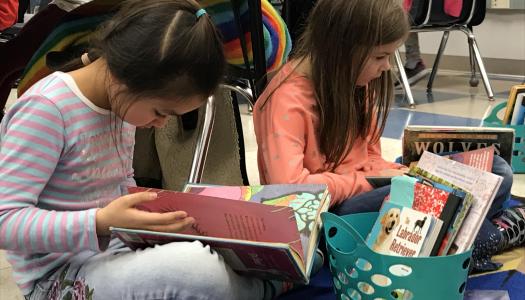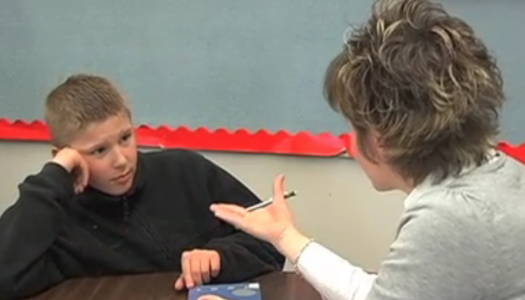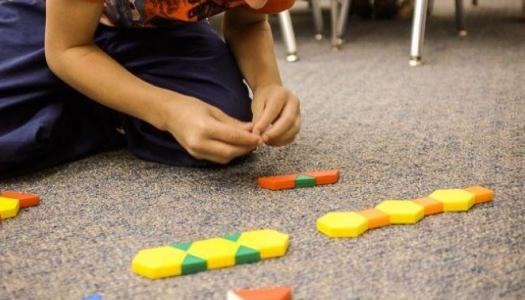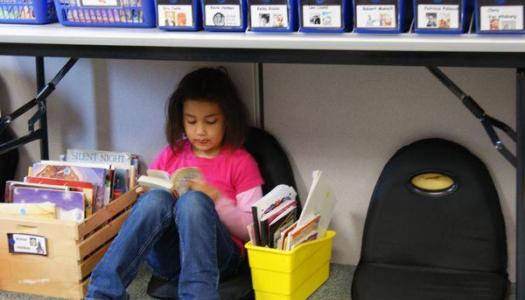Honoring Dr. Martin Luther King Jr.
Join Our Community
Access this resource now. Get up to three resources every month for free.
Choose from thousands of articles, lessons, guides, videos, and printables.
Teaching K-5 students about Dr. Martin Luther King Jr. can be a meaningful way to honor his legacy and inspire students with his message of equality, kindness, and peaceful change. Here are some age-appropriate and engaging ideas:
1. Read Aloud Books
Introduce students to Dr. King’s life and work through picture books and stories.
Books to Consider:
- Martin’s Big Words by Doreen Rappaport
- My Brother Martin by Christine King Farris
- I Am Martin Luther King Jr. by Brad Meltzer
- A Sweet Smell of Roses by Angela Johnson
After reading, discuss key moments in his life and connect them to themes like fairness, courage, and kindness.
2. “Dream Cloud” Activity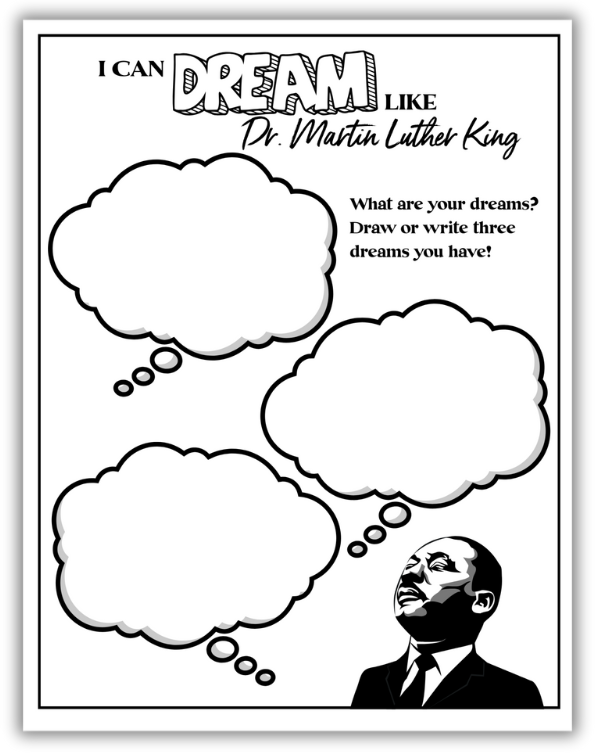
Dr. King’s “I Have a Dream” speech can inspire students to think about their own dreams for a better world.
- Read or listen to a simplified version of the “I Have a Dream” speech.
- Have students write or draw their own dreams for their community, school, or world on cloud-shaped paper.
- Create a bulletin board display of their dreams.
3. Timeline of Dr. King’s Life
Help students understand Dr. King’s impact by creating a timeline of important events.
- 1929 – Born
- 1948 – Graduates from Morehouse College and is ordained as a Baptist minister.
- 1953 – Marries Coretta Scott in Marion, Alabama.
- 1955 – Earns a Ph.D. in theology from Boston University.
- December 1, 1955 – Rosa Parks is arrested for refusing to give up her seat on a Montgomery bus, sparking the Montgomery Bus Boycott.
- 1956 – The Supreme Court declares segregation on buses unconstitutional.
- 1963 – Leads the March on Washington and delivers his famous "I Have a Dream" speech.
- 1964 – Wins the Nobel Peace Prize for his leadership in the Civil Rights Movement.
- 1965 – Helps organize the Selma to Montgomery marches, which lead to the Voting Rights Act.
- April 4, 1968 – Tragically assassinated in Memphis, Tennessee.
- 1986 – The first national holiday to honor him.
You can adjust the level of detail depending on the grade. For younger grades, it helps to make it visual with pictures and simple descriptions.

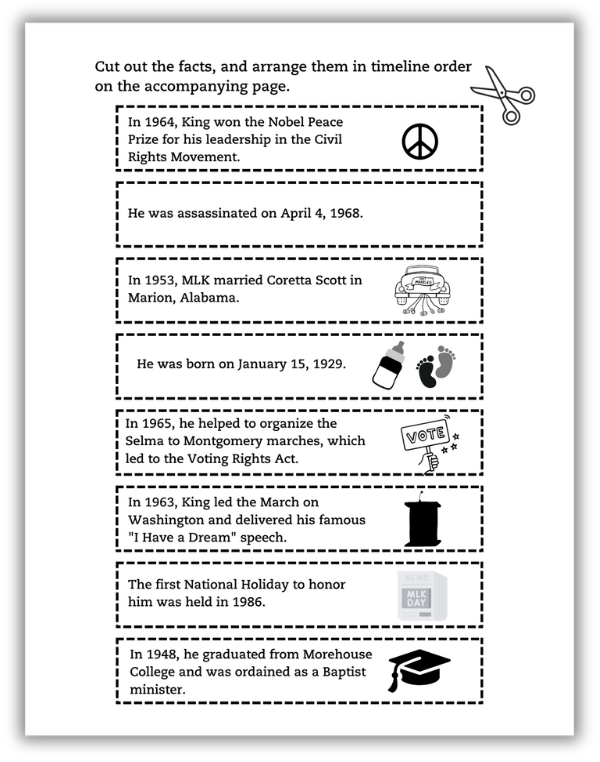
4. Peaceful Problem-Solving Role-Play
- Teach students about Dr. King’s commitment to nonviolence through role-playing.
- Discuss what it means to solve problems peacefully.
- Create scenarios students might encounter (e.g., sharing toys, resolving a disagreement) and role-play how to handle them respectfully and kindly.
- Tie it back to how Dr. King used peaceful protests to make change.
5. Virtual Field Trips and Videos
- Explore Dr. King’s legacy through online resources.
- Take a virtual field trip to the National Civil Rights Museum or the Martin Luther King Jr. Memorial.
- Watch age-appropriate videos, such as BrainPOP’s Martin Luther King Jr. video, and discuss.
6. Word Study and Vocabulary
- Introduce students to important words connected to Dr. King’s life, such as equality, justice, peace, freedom, and dream.
- Create a word wall and have students use the words in their own writing or discussions.
7. Writing Activities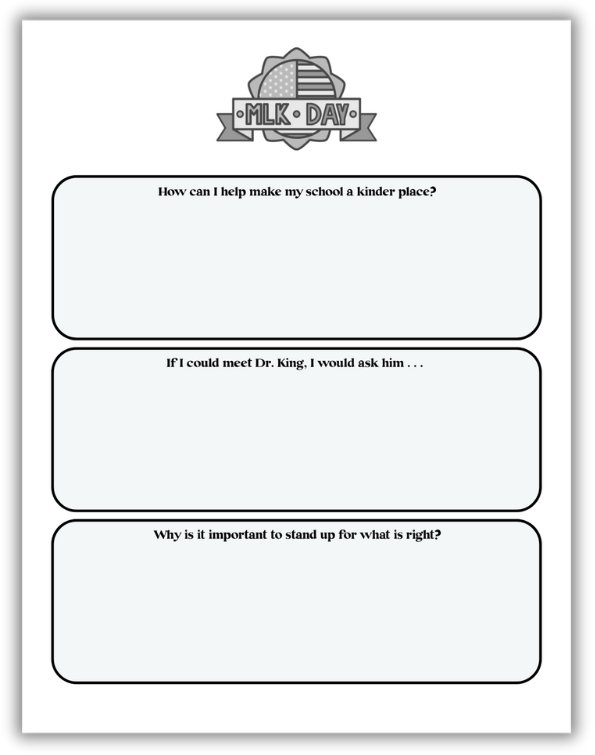
Encourage students to reflect on Dr. King’s message through writing.
Prompts:
- “How can I help make my school a kinder place?”
- “If I could meet Dr. King, I would ask him _____.”
- “Why is it important to stand up for what is right?”

